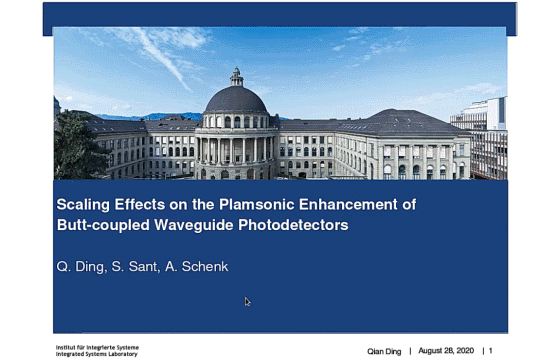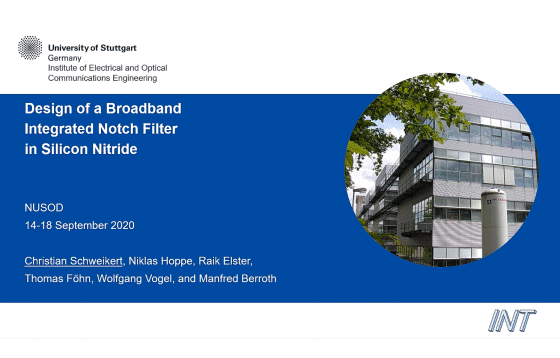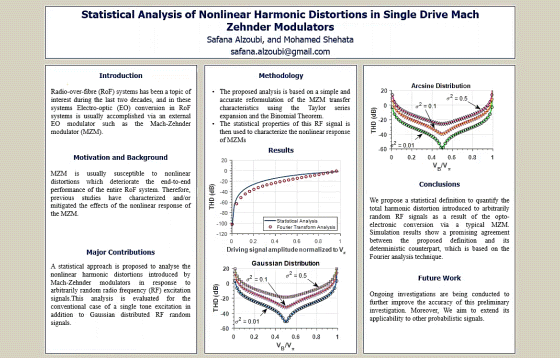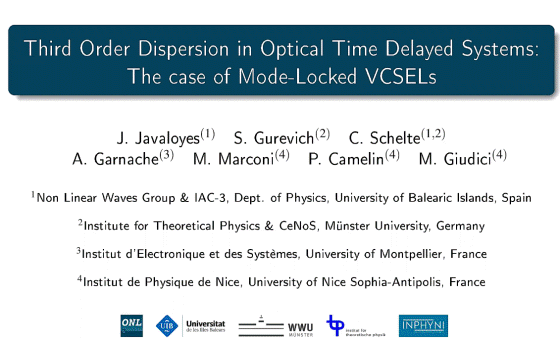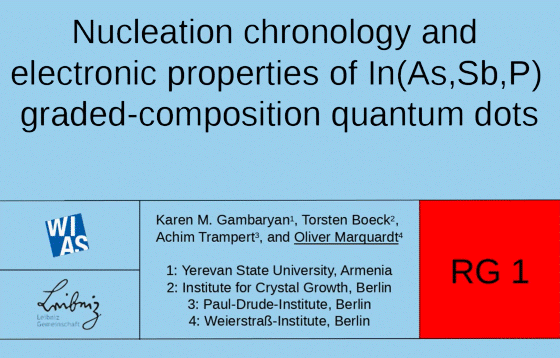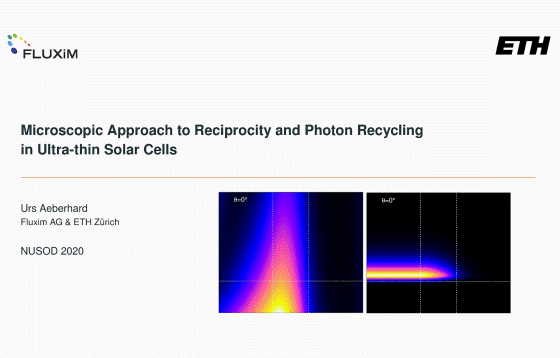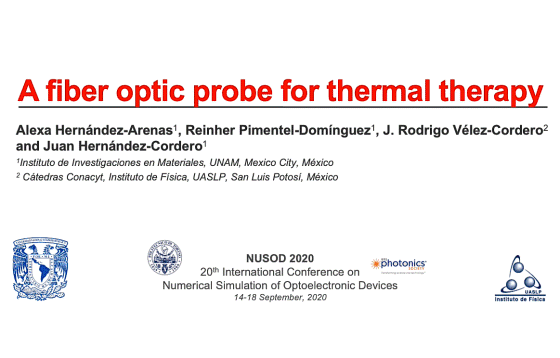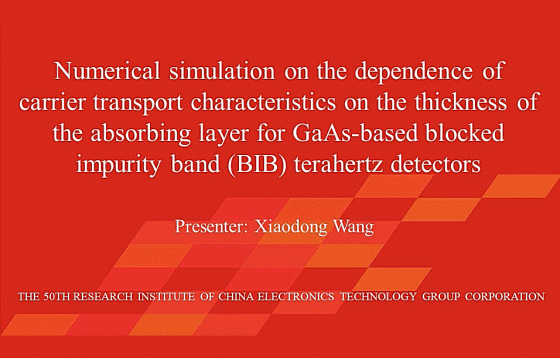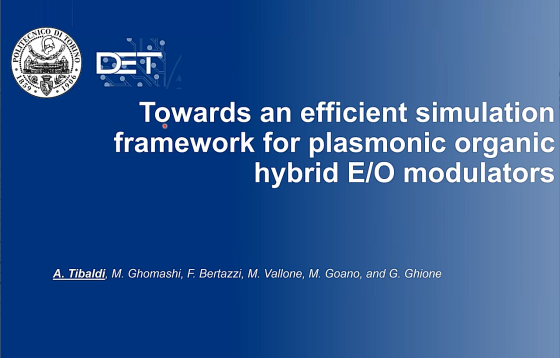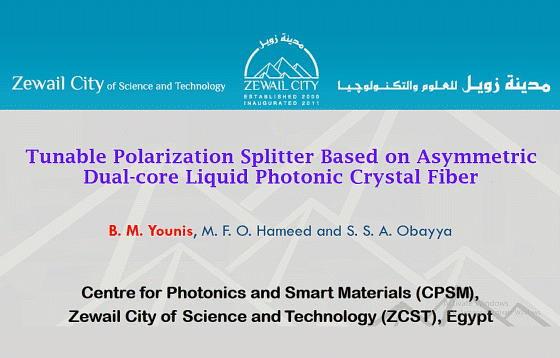D06–Scaling Effects on the Plasmonic Enhancement of Butt-Coupled Waveguide Photodetectors
We employed 3D opto-electrical simulations to study the scaling effects of a plasmonic structure on the optical performance of butt-coupled waveguide photodetectors by placing an Ag stripe on top of the intrinsic region. It is found that cut-offs which are limited by carrier drift in the high-field region of the non-plasmonic device improve with longer […]




